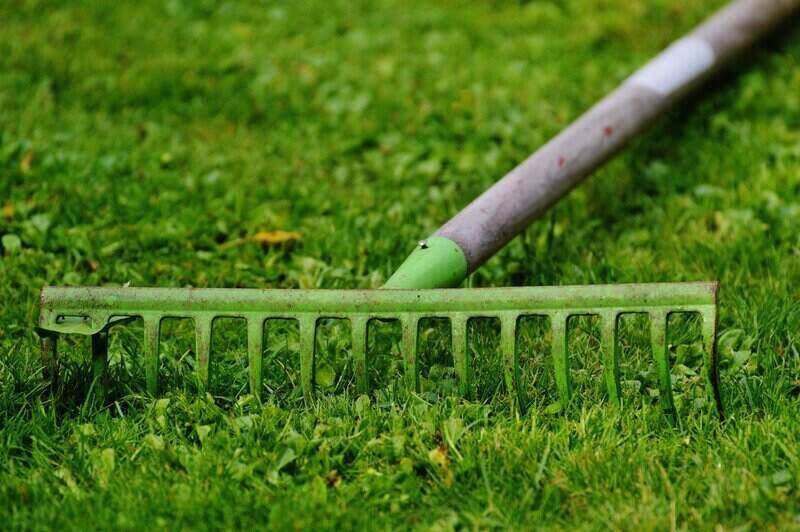
As the vibrant hues of autumn fade and the crisp chill of winter beckons, a crucial question arises for every homeowner passionate about their yard: How short should I cut my grass before winter? This seemingly simple query unlocks a world of expert insights and practical strategies that are absolutely paramount for ensuring your lawn not only survives but truly thrives through the dormant season, emerging lush and green come spring. It’s an investment in beauty and health that begins long before the first snowflake falls.
This isn’t just about tidiness; it’s about setting the stage for success. Proper mowing height, especially during this transitional period, plays a vital role in protecting your grass from a host of winter woes, from insidious snow mold to unwelcome vole damage, and ensuring it has the vital energy reserves to burst back to life. We’ve gathered invaluable advice from top turf management specialists and seasoned garden editors—experts like Jason Lanier, an Extension Specialist at UMass Amherst, Carlos Real of Total Lawn, Rachel Crow from Homes & Gardens, and renowned garden designer Alan Titchmarsh—to bring you a comprehensive guide designed for your home and garden.
From understanding the underlying science to adopting actionable, step-by-step techniques, this guide will illuminate the path to a resilient lawn. We’ll delve into the nuances of grass types, optimal timing, and crucial care routines, blending authoritative, expert-backed information with an approachable, friendly tone. Get ready to transform your fall lawn care routine into an inspiring and solution-oriented journey, ensuring your outdoor space remains a source of pride and beauty all year round.
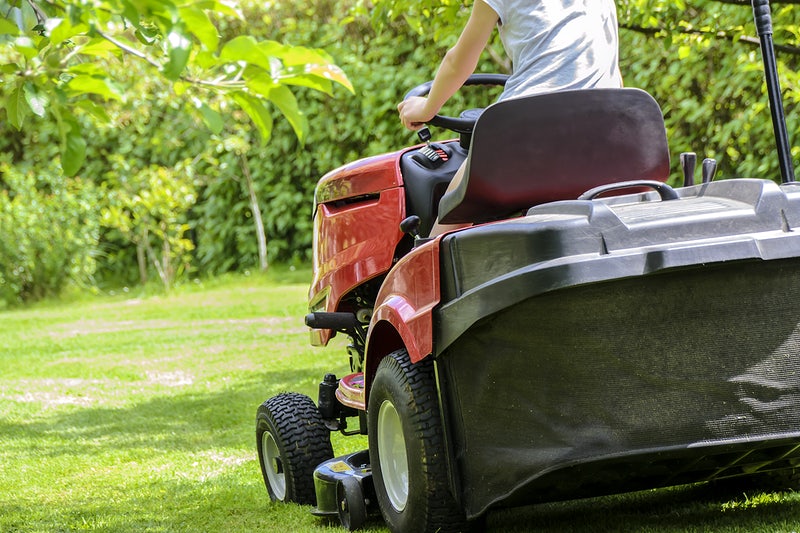
1. **Understanding the Importance of Fall Mowing**Fall mowing is so much more than a mere tidy-up before winter’s embrace; it’s a critical strategic maneuver in the ongoing battle for a healthy, vibrant lawn. This essential autumn task plays a pivotal role in the overall health and resilience of your turf throughout the dormant season. The decisions you make about your mowing height now directly influence factors that will determine your lawn’s fate, including its susceptibility to snow mold, potential damage from voles, and its crucial ability to store essential carbohydrates for winter survival.
Think of it as preparing your lawn for a long sleep. Just like any living thing, your grass needs to be in peak condition to endure the colder months without actively growing. The right mowing height helps achieve this delicate balance, ensuring that your lawn isn’t stressed by excess growth that can harbor disease, nor is it weakened by being cut too short, which can expose it to harsh elements. Finding this ‘sweet spot’ is the key to minimizing issues and setting up your lawn for a robust return in the spring.
Every blade of grass is a tiny solar panel, converting sunlight into energy. In the fall, as daylight diminishes, grass plants are working hard to build up their energy reserves in their roots. Proper mowing ensures enough leaf tissue remains for this vital process, while simultaneously preventing problems that can arise from overgrown or overly short grass. It’s a foundational step that influences everything from nutrient absorption to overall plant strength, making it indispensable for long-term lawn health.
Read more about: Equipping Your Garage: 15 Essential Tools Every Home Car Mechanic Should Own for Reliable DIY Maintenance
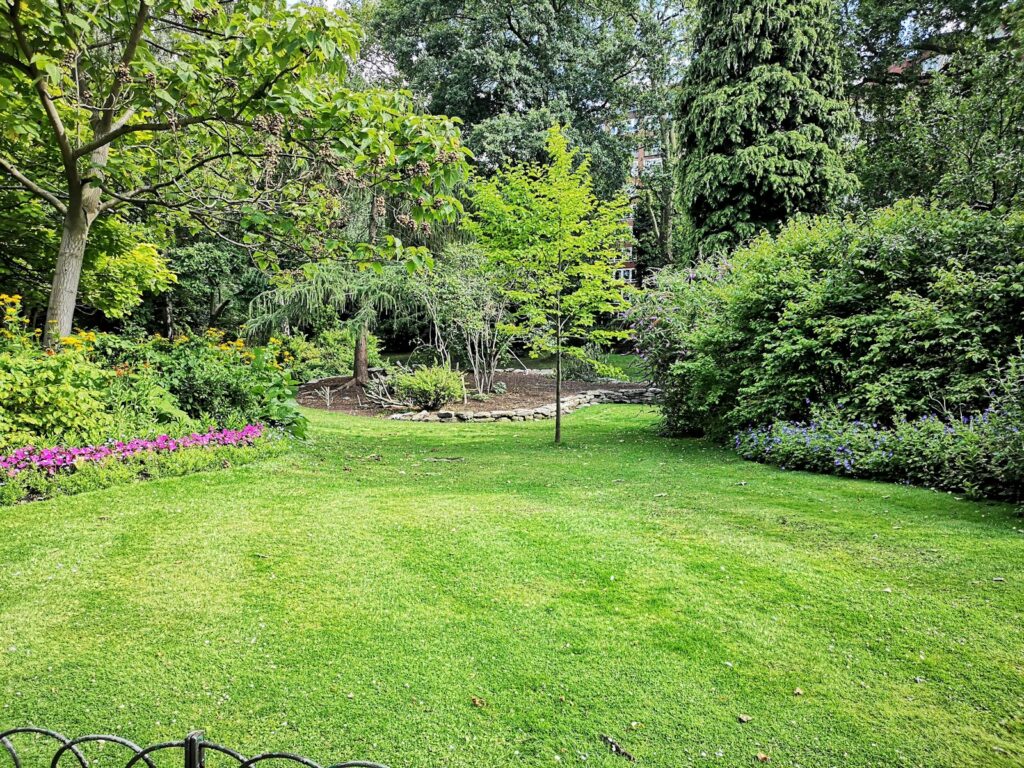
2. **The Perils of Leaving Your Grass Too Long Before Winter**While it might seem intuitively protective to leave your grass longer for insulation as temperatures drop, this common misconception can actually be quite detrimental to your lawn’s health. Overly long grass blades are prone to becoming matted down under a blanket of snow. This creates a dense, moist, and poorly aerated environment that is absolutely perfect for the proliferation of snow mold, a common and unsightly fungal disease that can leave large, damaged patches when the snow melts.
Furthermore, an overgrown lawn acts as an open invitation for unwelcome guests. Excessively long grass provides excellent cover and a ready food source for voles and other small rodents. These pests will happily tunnel through the thatch layer, feeding on the tender grass crowns, and can inflict severe damage that becomes glaringly obvious and frustratingly difficult to repair once spring arrives. It’s a problem that’s easily preventable with proper fall mowing.
Beyond pests and diseases, long grass shades itself excessively. This self-shading hinders photosynthesis, reducing the grass plant’s ability to efficiently convert sunlight into the energy it needs to store in its roots for winter survival. As Jason Lanier, Extension Specialist, notes, “Mowing has many benefits including promotion of stand density and maintenance of desired surface characteristics.” Neglecting this can lead to weak, patchy grass come spring, lacking the vigor and uniform density you desire.
Read more about: Why Your Parking Spot Matters: 14 Hidden Dangers to Your Car and the Environment
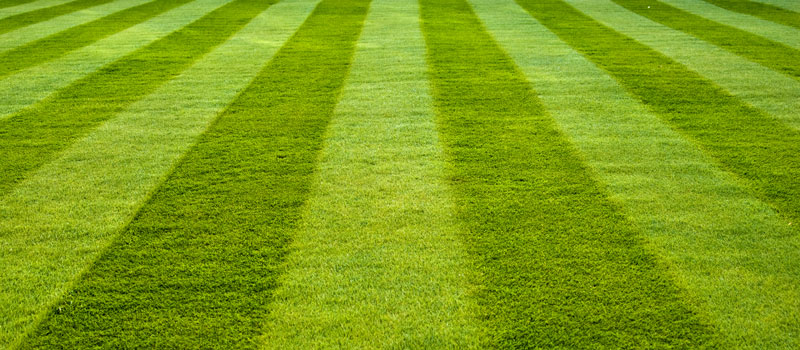
3. **The Dangers of Cutting Your Grass Too Short (Scalping)**On the flip side of the coin, cutting your grass too short before winter, a practice often referred to as ‘scalping,’ can be equally, if not more, damaging than leaving it too long. This extreme haircut removes crucial leaf tissue that the grass plant relies on for photosynthesis, the very process by which it generates and stores energy for its winter dormancy. Without sufficient leaf area, the plant’s ability to build up these vital carbohydrate reserves is severely compromised.
Moreover, a scalped lawn exposes the sensitive crown of the grass plant and the underlying soil directly to the harsh elements. This lack of protective leaf cover makes the grass far more susceptible to dehydration from biting winter winds and drying sun, leading to a condition known as ‘winter kill.’ As Carlos Real, Lawn Expert and Managing Director of Total Lawn, warns, “Cutting it any shorter may lead to a longer recovery come springtime,” emphasizing that stress damages roots and leaves, making grass vulnerable.
Jason Lanier further underscores this, stating, “Mowing too low may actually cause problems, especially for people who live in warmer climates, where warm-season grasses grow and snow mold is less of an issue.” The exposed, weakened grass is also less able to compete with weeds. Without dense grass cover, weed seeds find ample opportunity to germinate and establish themselves, setting the stage for a frustratingly weedy lawn when warmer weather returns. Chris Taylor, owner at Chris Taylor Gardening, echoes this by saying, “Cutting your lawn too short before winter is one of the most common mistakes homeowners make,” and that “short grass also leaves less surface area for light absorption, meaning the lawn can’t recover as easily.”

4. **Ideal Mowing Heights for Cool-Season Grasses**Cool-season grasses, a group that includes popular varieties like Kentucky bluegrass, perennial ryegrass, tall fescue, and fine fescues, are the backbone of many lawns in northern regions, thriving in cooler temperatures. For these grasses, tailoring your final fall mowing height is crucial for their winter survival and spring resurgence. While general advice suggests keeping them at about 3 inches during the growing season, a slight adjustment for the final autumn cut is often recommended.
Experts provide nuanced guidance for these resilient types. For instance, Kentucky bluegrass and perennial ryegrass, both common choices, typically perform well when mowed to a height of 2 to 2.5 inches for their final fall trim. Tall fescue, known for its greater drought tolerance, can be left a touch longer, ideally around 2.5 to 3 inches, which offers better protection for its crown and aids in moisture retention. Fine fescues, appreciated for their shade tolerance and lower maintenance needs, also benefit from a 2 to 2.5-inch height.
It’s important to remember that while a slightly lower cut can be beneficial—Jason Lanier acknowledges it “is widely accepted as helping to maintain a tidy appearance” and “leaves a little less leaf area for snow molds or other winter issues”—caution is key. Rachel Crow, garden editor at Homes & Gardens, advises, “Though you shouldn’t cut it shorter than 2in in winter, and even then conditions need to be right.” Carlos Real recommends “anywhere between 2 and 3 inches,” warning against shorter cuts for recovery. Chris Taylor suggests 1.5 inches (4 cm) or 2 inches (5 cm) for shaded yards. The Alabama extension provides a regional note, recommending cool-season lawns be cut to 3 to 4 inches to prevent root damage if snow occurs, highlighting the importance of considering local conditions.
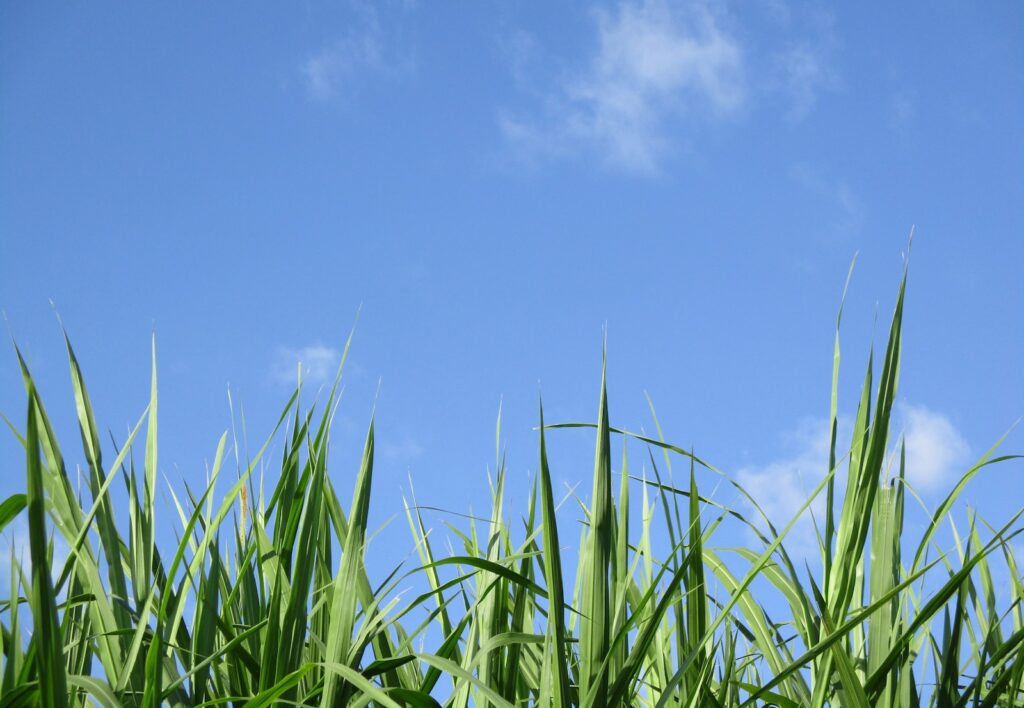
5. **Ideal Mowing Heights for Warm-Season Grasses**In contrast to their cool-season cousins, warm-season grasses, such as Bermuda grass, Zoysia grass, St. Augustine grass, and Centipede grass, are prevalent in warmer climates and behave differently as winter approaches. These grasses typically enter a period of dormancy during the colder months, requiring a distinct mowing strategy to prepare them for their winter slumber and ensure a vigorous reawakening in spring.
For these warmth-loving varieties, the general consensus is to mow them shorter for their final fall cut before dormancy. Bermuda grass, a popular choice in southern lawns due to its exceptional heat tolerance, can handle a very short final mow, often down to 1 to 1.5 inches. This close cut allows more sunlight to reach the crown of the plant and helps to significantly reduce the buildup of thatch, which can be a common issue with this vigorous grower.
Zoysia grass, known for forming a dense, thick turf, should be mowed slightly higher than Bermuda, typically around 1.5 to 2 inches for its last fall trim. St. Augustine grass, characterized by its wide blades and good shade tolerance, requires a bit more length, with a recommended height of 2 to 2.5 inches before winter. Centipede grass, prized for being a low-maintenance option, falls within the 1 to 2-inch range for its final fall mowing. These shorter cuts are designed to reduce the leaf surface area, thereby minimizing potential disease issues and thatch accumulation over winter. The Alabama extension also recommends cutting warm-season lawns to a height of 1 to 2 inches, aligning with the general expert advice for these types.
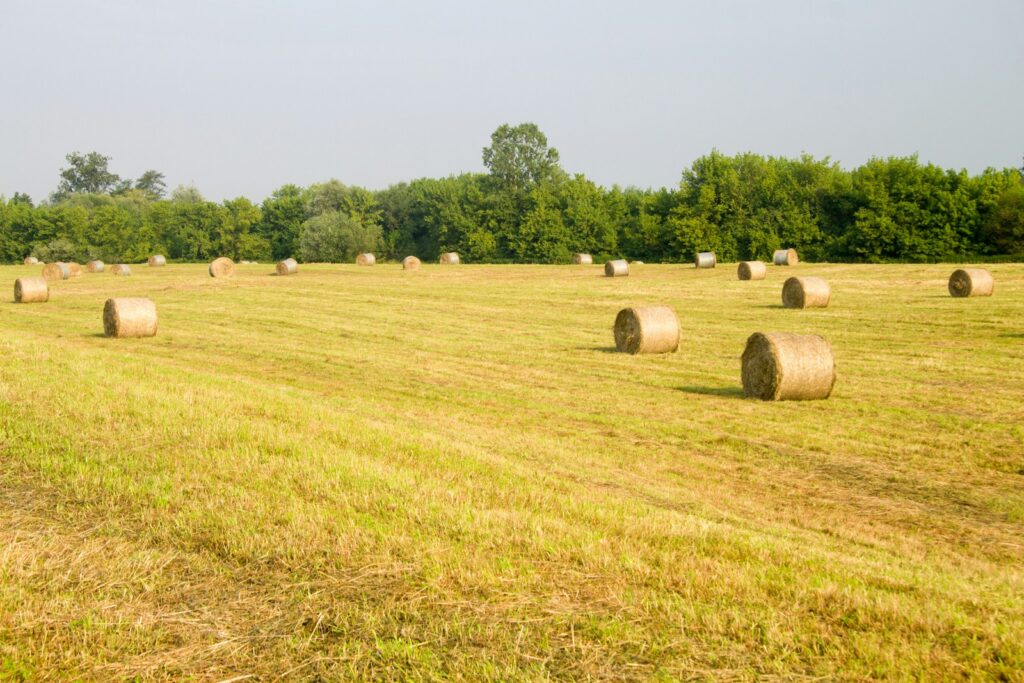
6. **Timing is Everything: When to Perform Your Final Fall Mow**Knowing *how* to cut your grass short is only half the battle; knowing *when* to do it is equally, if not more, important. The ideal time to perform your final fall mowing is not dictated by a calendar date but by observing your lawn’s growth patterns and local weather conditions. You should aim for this crucial cut when the grass naturally stops actively growing, which typically occurs after the first few frosts have arrived but critically, before the ground has a chance to freeze solid.
This timing usually falls in late October or early November for homeowners in northern regions, while those in warmer, southern climates may find their window extends later into the fall. Jason Lanier shares an insightful observation: “It’s surprising how late that the grass can keep growing. But I’ve mowed my own lawn in Massachusetts into December in some years.” This highlights the variability of the season and the need to truly pay attention to your lawn, rather than relying solely on a fixed date.
Lawn expert Carlos Real advises, “Until that point [when growth stops], continue mowing once a week. Only once you’ve noticed your grass isn’t growing, or frost/snow covers your lawn, should you stop cutting it for winter.” He adds a caveat: “If the winter is particularly mild and the grass continues to grow, then carry on mowing occasionally throughout.” Chris Taylor recommends waiting “until the temperature consistently drops to below 50°F (10°C).” Sky Durrant, co-founder at Lawn Guru, similarly takes his cue from whether his grass has stopped growing and whether the leaves have mostly fallen. These expert perspectives emphasize vigilance and responsiveness to nature’s cues, ensuring your final mow aligns perfectly with your lawn’s natural dormancy cycle.
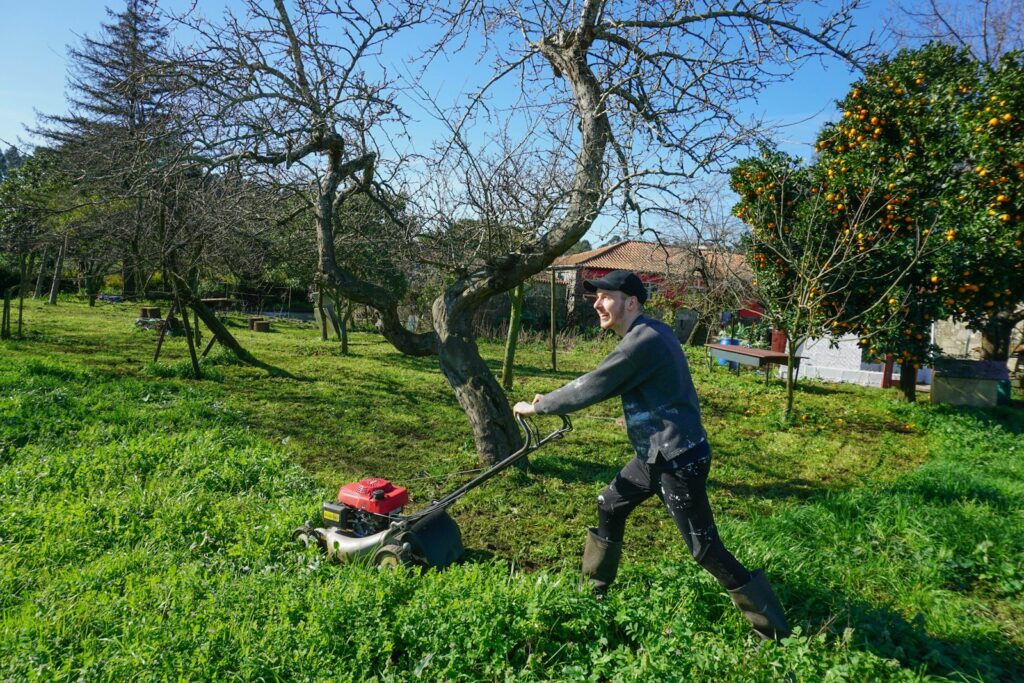
7. **Best Practices for Determining the Right Mowing Time**To perfectly time your final fall mowing, a combination of careful observation and weather awareness will serve you best. Begin by diligently monitoring your grass’s growth rate. As winter dormancy approaches, you’ll notice a significant slowing in how quickly your lawn grows between cuts. This deceleration is a clear signal that the plant’s active growth phase is winding down and that the time for its final preparation is drawing near.
Alongside watching your lawn, keep a keen eye on the local weather forecast, specifically looking for frost warnings. A few light frosts typically indicate that the growing season is truly coming to an end, creating the ideal window for your last mow. Knowing your region’s average first frost date can also provide a valuable general guideline, helping you anticipate this critical period, though nature’s exact timing can always vary from year to year.
Crucially, when you decide to perform this important task, ensure you choose the right conditions for the mow itself. Alan Titchmarsh, garden designer and broadcaster, confirms: “Wait for a dry day, with no frost or rain, before you bring out your lawn mower.” Sky Durrant also recommends, “Mow later in the day so the lawn has time to thaw and dry out. Cooler fall mornings often mean frost or dew on the grass, which isn’t ideal for mowing. Mowing later in the day gives the lawn time to dry out so you get a cleaner cut.” Mowing wet grass can lead to ‘scalping’ as the mower sinks into soft ground, and can make the lawn vulnerable to pests, damaging its health and appearance over time.”
As we move beyond the essential final mow, it’s time to embrace the full spectrum of fall lawn care. Preparing your lawn for winter is a comprehensive undertaking that goes beyond simply adjusting blade height. It’s about providing the foundational support your turf needs to endure the dormant season, ensuring it returns in spring with renewed vitality and lushness. These supplemental tasks are the secret weapons in your arsenal for a truly resilient and beautiful lawn.
We’ve consulted with the same trusted experts, including Jason Lanier from UMass Amherst and Carlos Real of Total Lawn, to bring you practical, actionable advice that blends seamlessly with your home and garden routine. These insights will help you address common challenges and lay the groundwork for an inspiring outdoor space. Let’s delve into the crucial steps that will elevate your lawn care game this autumn.

8. **Fall Fertilization**Fall fertilization is not merely an optional step; it’s a critical investment in your lawn’s future, often referred to as a ‘winterizer.’ This late-season feeding is designed to provide your grass with the specific nutrients it needs to not only survive the harsh winter months but also to emerge vibrant and healthy in the spring. The focus here is on strengthening the grass plants from the inside out.
Choosing a fertilizer that is high in potassium is paramount, as this essential nutrient significantly enhances the grass’s cold hardiness and bolsters its overall resilience against winter stress. Additionally, a slow-release nitrogen formula is beneficial, offering a steady, measured supply of nutrients throughout the dormant season. This continuous feeding helps build robust root systems that will eagerly jumpstart growth when warmer temperatures arrive.
However, exercise caution and avoid using a fertilizer that is excessively high in nitrogen late in the fall. An abundance of nitrogen at this time can stimulate excessive top growth, leaving tender new shoots susceptible to winter damage from frost and cold winds. Always follow the instructions on your chosen fertilizer bag meticulously to prevent over-fertilization, which can be detrimental to your lawn’s health.
Read more about: You Won’t Believe These 14 Stars Secretly Welcomed Babies via Surrogate — And Their Stories Are SO Inspiring!

9. **Aeration and Dethatching for Optimal Soil Health**Aeration is a transformative practice that involves creating small holes in your lawn’s soil. This seemingly simple action yields significant benefits, fundamentally improving air circulation, enhancing water infiltration, and optimizing nutrient uptake by the grass roots. When soil becomes compacted, it suffocates the roots and hinders healthy growth. Fall aeration helps alleviate this compaction, allowing roots to breathe and thrive.
For most lawns, core aeration, which removes small plugs of soil, is generally more effective than spike aeration, which merely pokes holes. This method creates channels for oxygen, water, and nutrients to penetrate deeper into the root zone, encouraging robust root development. Aeration is particularly beneficial for lawns that experience heavy foot traffic, have clay soil, or show signs of poor drainage, revitalizing their foundation.
Complementing aeration is dethatching, a process that addresses the layer of dead organic matter known as thatch that accumulates on the soil surface. A thin layer of thatch can be beneficial, acting as a natural mulch and providing some insulation. However, an excessive thatch layer, typically more than half an inch thick, becomes a barrier. It prevents water, air, and essential nutrients from reaching the grass roots, creating an unhealthy environment.
Removing this excessive thatch in the fall can dramatically improve your lawn’s overall health and vigor. You can achieve this using a dethatching rake for smaller areas or a power dethatcher for larger lawns. If your thatch layer is particularly thick, it may require repeating the process to achieve optimal results. This proactive step ensures your grass has unobstructed access to vital resources, promoting stronger growth.
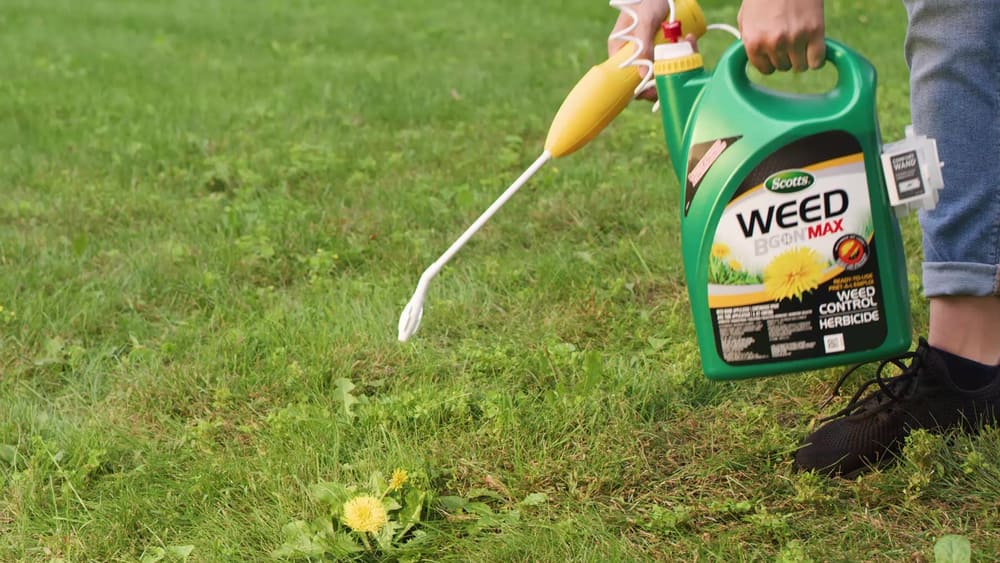
10. **Weed Control**Fall presents a golden opportunity for effective weed control, particularly for those stubborn perennial weeds like dandelions and thistles that can plague your lawn. Unlike in spring when weeds are focused on top growth, in the fall, these undesirable plants are actively transporting nutrients from their leaves down to their roots to prepare for winter dormancy. This makes them significantly more susceptible to herbicides.
Applying a broadleaf herbicide in the fall capitalizes on this natural process. The herbicide is readily absorbed and translocated throughout the plant, including its root system, leading to a more complete and effective kill. This proactive approach helps eliminate existing weeds before they can establish themselves more deeply or spread seeds, setting the stage for a much cleaner lawn come spring.
When applying herbicides, always choose a product that is safe for your specific grass type to avoid inadvertently damaging your lawn. Carefully read and follow the instructions on the product label regarding application rates and conditions. To ensure maximum effectiveness and minimize environmental impact, avoid applying herbicides on windy days, which can lead to off-target drift, or when rain is expected, as it can wash the product away before it has a chance to work.
Read more about: The Real Talk: 12 Shocking Reasons Why Celebrity Marriages Crash and Burn (Way Too Soon!)
As we wrap up our comprehensive guide to fall lawn care, it’s clear that the effort invested now will truly blossom into a healthier, more vibrant lawn next spring. From choosing the perfect mowing height to embracing essential supplemental tasks like fertilization, aeration, and proactive pest control, every step contributes to your lawn’s resilience. Think of it as a thoughtful preparation for its long winter nap, ensuring it awakens refreshed and ready to impress. Your outdoor sanctuary deserves this expert-backed attention, transforming your yard into a testament to diligent care and natural beauty year after year.



